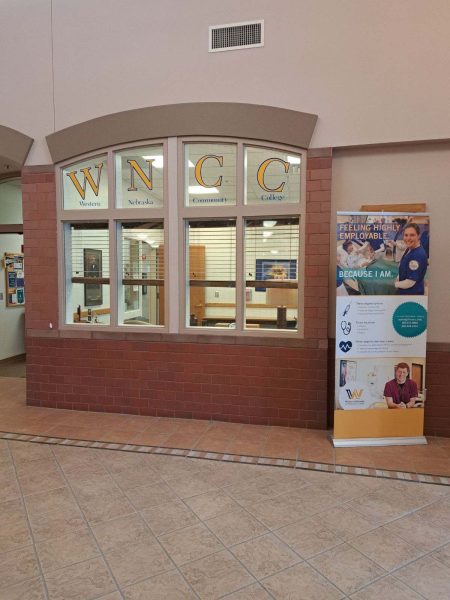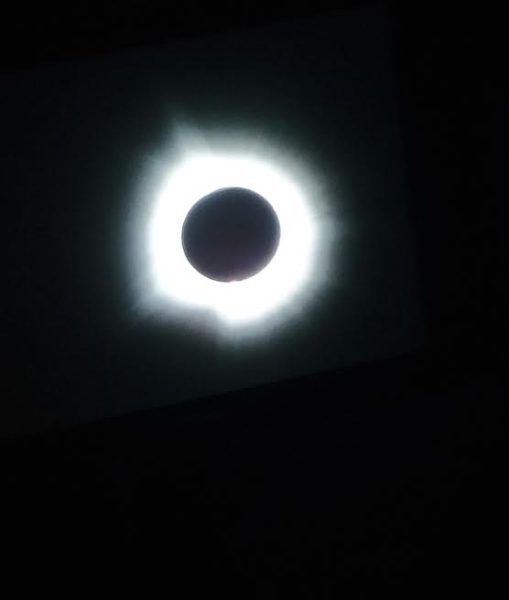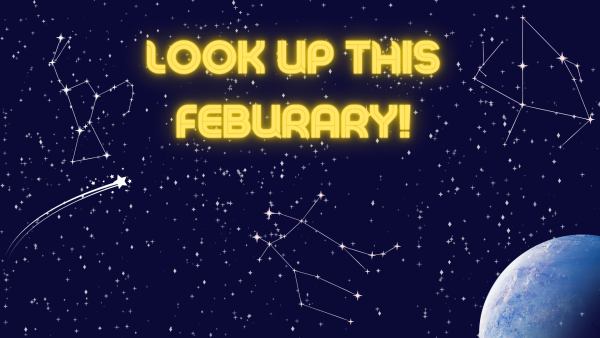This Story Could be Fake News
One of the most relevant and controversial topics being thrown around in the news recently is the idea of media bias. This is what many people refer to as “fake news.” But, why is something considered fake, or just simply “biased?” If a story has sources and facts to back it up, then how can it possibly be false? Countless news sources have been pegged as being “fake,” or just simply “too conservative,” or “too liberal.” So, is it the media’s job to show us every single fact, or to just show us one viewpoint on a given topic?
As it turns out, most of the time these stories we see are not exactly “fake news.” Most of the time media outlets are showing us their version of the story, and we all know that there are many different sides to a story. Of course, there are always those instances where a source says something entirely backless, like claiming the president is secretly working with Afghanistan. Or, the obvious tabloid titles like “First Pregnant Man.”
Many times these biases are practically microscopic and go unnoticed. This leads into the six main types of media bias that most of the public is unaware of. So, let me explain some of those often miniscule biases.
Omission is one of the more noticable biases that many news sources get backlash for. This is because omission is when they leave out specific parts of the story to better their own view. So, they are not exactly lying, but also not telling the whole story. Similar to this is selection of sources. This is when a paper only uses select sources that support their opinion.
A pretty similar idea to this is story selection. This is when papers choose to write specific stories in order to further their views. This would be like covering multiple stories on abortion to further support their opinions, whether it be pro-life, pro-choice, or somewhere inbetween.
Placement is one of the less noticeable biases. This means the placement of stories in papers, whether it be online or print. For this, think of the breaking news section in a paper or even just the front page of a newspaper or the homepage of a digital paper. In most papers the stories that are in the front page tend to catch reader’s eyes more. There is a pretty good reason for that. Editors specifically put stories that they want to get more attention in the forefront. Placement can even go into text size. A more important story will have a much more eye-catching font size than a less important story. It is all planned out, editors do not make their lay out randomly. But, this doesn’t necessarily mean anything bad. Editors are simply bringing news to readers, and that doesn’t make any of these biases fake.
But, that’s where we get into the more tricky biases. Ones that could sometimes be taken as more majorly wrong.
Labeling is one of these more tricky topics. Labeling is pretty much just what it sounds like: labeling groups or objects to fit your view. This could be calling muslims terrorists or extremists, or calling an abortion doctor a monster. Anything where an author gives a specific title to someone that isn’t always true. It’s all about the adjectives with this bias. This is what can really get a lot of writers in trouble, because it is really (most of the time) just their opinion.
And, finally, one of the most controversial: skew. Skew is just an author’s specific take on a topic. It’s a bias that is specifically meant to make you favor their view. With this they could say something entirely baseless, or they could say something completely factual. As a reader, this is where we have to come in and decide whether or not what they’re saying is true. Everyone has a different spin on things and that is just exactly what this is.
Now, let’s get into more present issues. In the recent past, news sources such as CNN have been labeled as “fake news.” Is this true, and if it isn’t then why are these allegations relevant?
Well with a news source like CNN, Fox News, or ABC News, their news typically isn’t false. All of these sources are credible for their own reasons. However, most news stations lean more towards one side in politics. This is the main reason why some people reject their news.
This is the same idea as President Trump claiming CNN to be fake news. It isn’t because their stories are baseless and inaccurate, it’s just because CNN is a primarily a democratic news source, and Trump is a republican.
People on every side are guilty of this, not just republicans or democrats. Everyone at some point in their life has rejected an idea because it didn’t completely align with their views. Humans are generally stubborn and believe what they want and not what others offer them to believe. This is why everyone, regardless of political alignment needs to be more open to change and more open to opposing views.
Many people are stuck on their own beliefs that they never stop and think, “is there any other possibility?” Some people will go so far as to bash on other people if they bring up any opposing views. Everyone is free to have their own opinion, that’s the beauty of humanity, but many don’t respect that. If people were more open to opposing views and not so stuck on always being right, then we wouldn’t have these false allegations of fake news against credible sources.
But many people think that this doesn’t exactly mean that sources should only show one side. Many people think that because of this exact idea news sources need to show both sides of a story.
The world isn’t a high-school argumentative essay. Although this may seem like it is contradictory to prior ideas, it’s only a source’s job to bring their readers the news, whether it be their version or the whole version. As readers with access to the internet we can find countless versions of stories and accounts of events.
There is no excuse to support the idea that a source needs to show you the whole view when we as readers can find even more than the whole story by simply researching it. There is no way to complain about being uninformed because you only read one story. There are resources all over the nation. No matter where you are, there is no excuse to be ignorant.
After all, the authors behind papers are people themselves, and just like everyone else they have a right to their opinions. Papers are not just objects with nothing making them function. Papers are full of journalists with opinions just like readers.
Really though, the full truth of fake news is that the world isn’t fair and not everyone agrees with everyone. Although in a perfect world people could be open to others, and do their own research, many people never will. No one can change that. I mean someone could even call this story “fake news,” seeing as most of it is my take on the topic and I couldn’t even stop you. As a human being you have the right to decide the truth and no one can prevent you from doing that.

Hello readers, my name is Margaret Hoff and this is my third and final year writing for the Spud. This year, as a Senior, I have been promoted to Co-Editor-in-Cheif....











